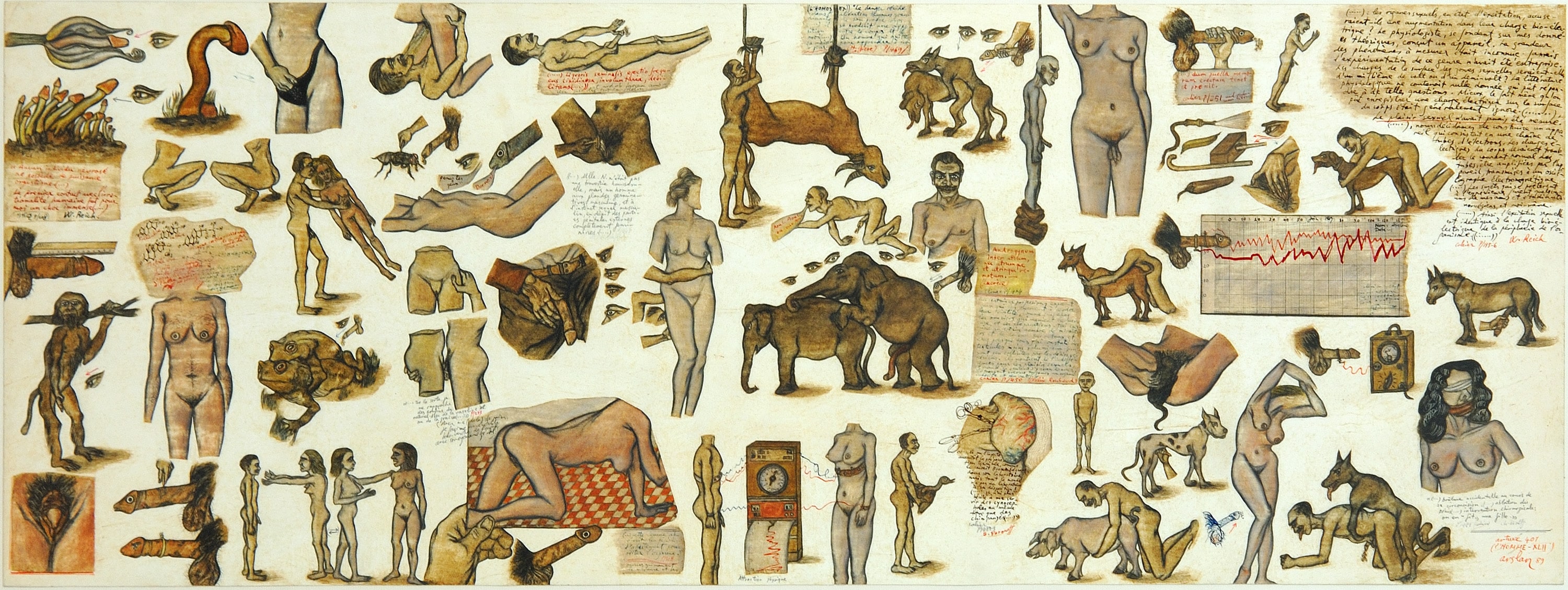Director: Kira Muratova
Cast: Sergey Bekhterev, Nina Ruslanova, Natalya Buzko
Russa, Ukraine, 2002, 120’, black & white
Russian with Turkish subtitles
Based on two works by Chekhov, the play Tatiana Repina and the short story Difficult People, Chekhov's Motifs is a fascinating diptych, two parts that share characters but on the surface little else. The film begins as a young man returns to his small village to borrow money, a request that sets off a bitter confrontation between him and his father. The long-suffering wife (and mother) can do little but look on. Kira Muratova powerfully captures the emotional rawness of this generational confrontation, exposing a wide array of issues and prejudices. After the son runs out of the house, he walks into a wedding service taking place in the local Orthodox Church. The groom is an overweight opera singer, and the bride and her family are grotesque examples of Russia's nouveaux riches. Yet the point here is less satire perhaps than Muratova's meticulous rendition of the entire ceremony, refusing the spectator a comfortable distance from which to judge these characters by bringing us into the world of the film itself.
Trailer

A firm believer in the idea that a collection needs to be upheld at least by four generations and comparing this continuity to a relay race, Nahit Kabakcı began creating the Huma Kabakcı Collection from the 1980s onwards. Today, the collection can be considered one of the most important and outstanding examples among the rare, consciously created, and long-lasting ones of its kind in Turkey.
Tuesday - Saturday 10:00 - 19:00
Friday 10:00 - 22:00
Sunday 12:00 - 18:00
The museum is closed on Mondays.
On Wednesdays, the students can
visit the museum free of admission.
Full ticket: 300 TL
Discounted: 150 TL
Groups: 200 TL (minimum 10 people)